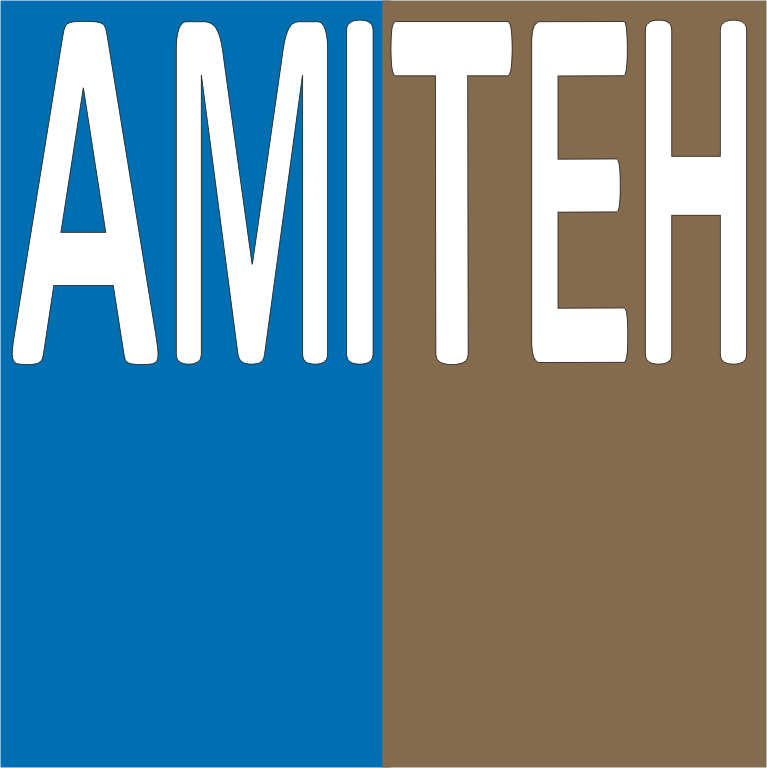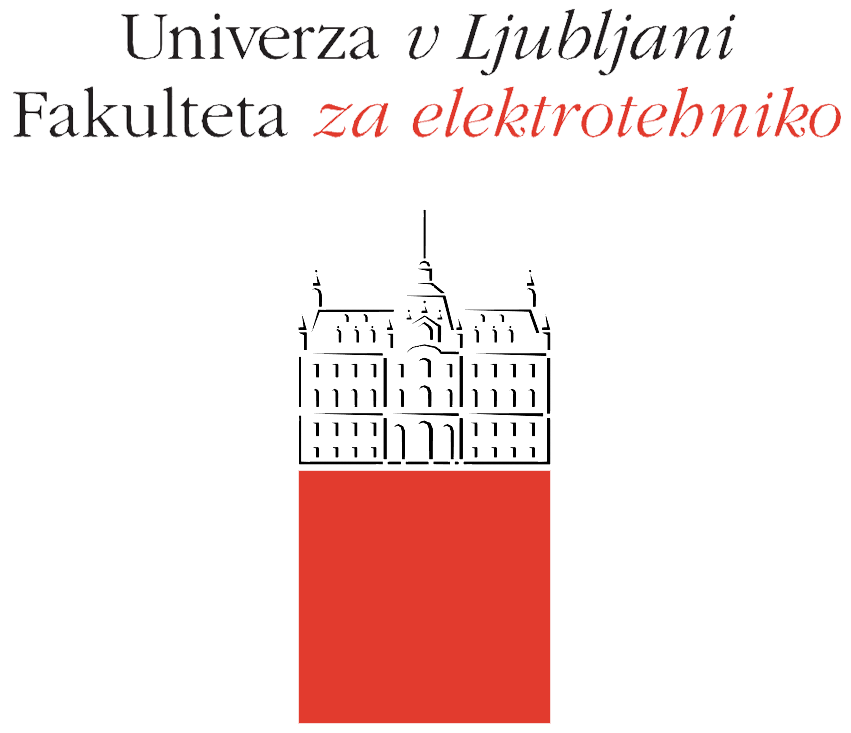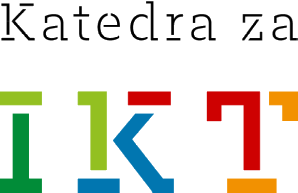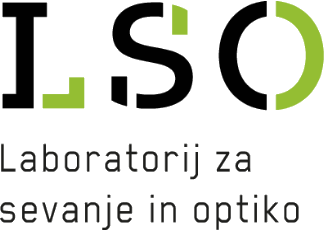
|
Optical links and their perspectives for transmission of precision time and frequencyJiri Stefl
ABSTRACT - The dynamic development of long-distance methods of time and frequency signal transmission over optical fibres
is giving the opportunity to create optical networks with dedicated clock services.
The CLONETS project, funded by the European Commission in the H2020 programme, is intended to accelerate the transfer of these technologies
to industry and to strengthen the coordination between research infrastructures and research and education network providers,
in order to prepare the creation of a sustainable, pan-European fibre network, providing high-performance clock services to
European research infrastructures and supporting wider services to industry and society.
|














